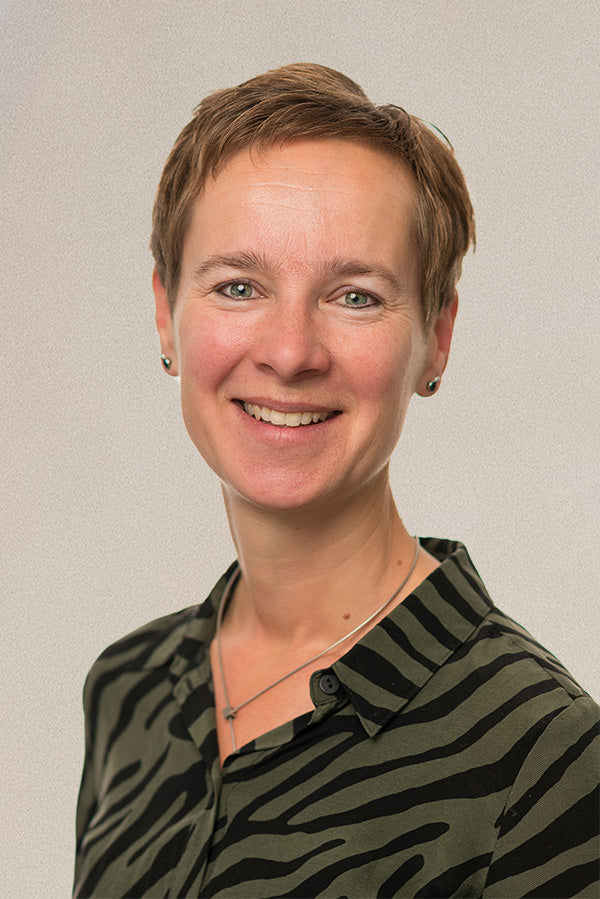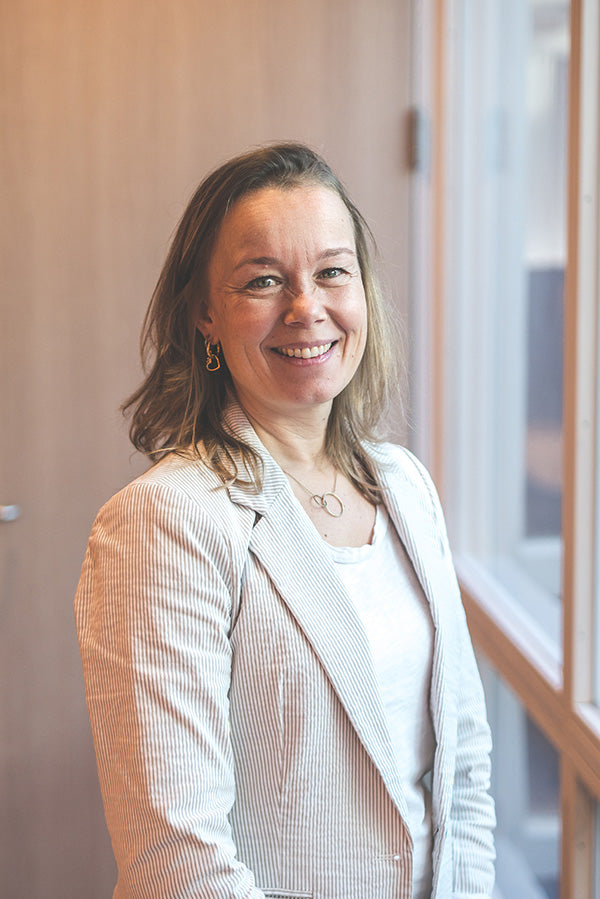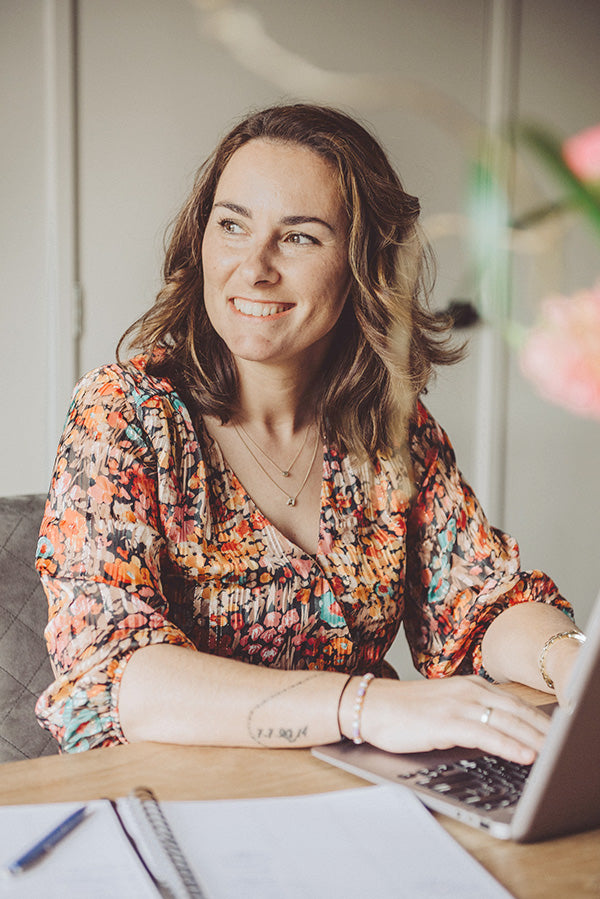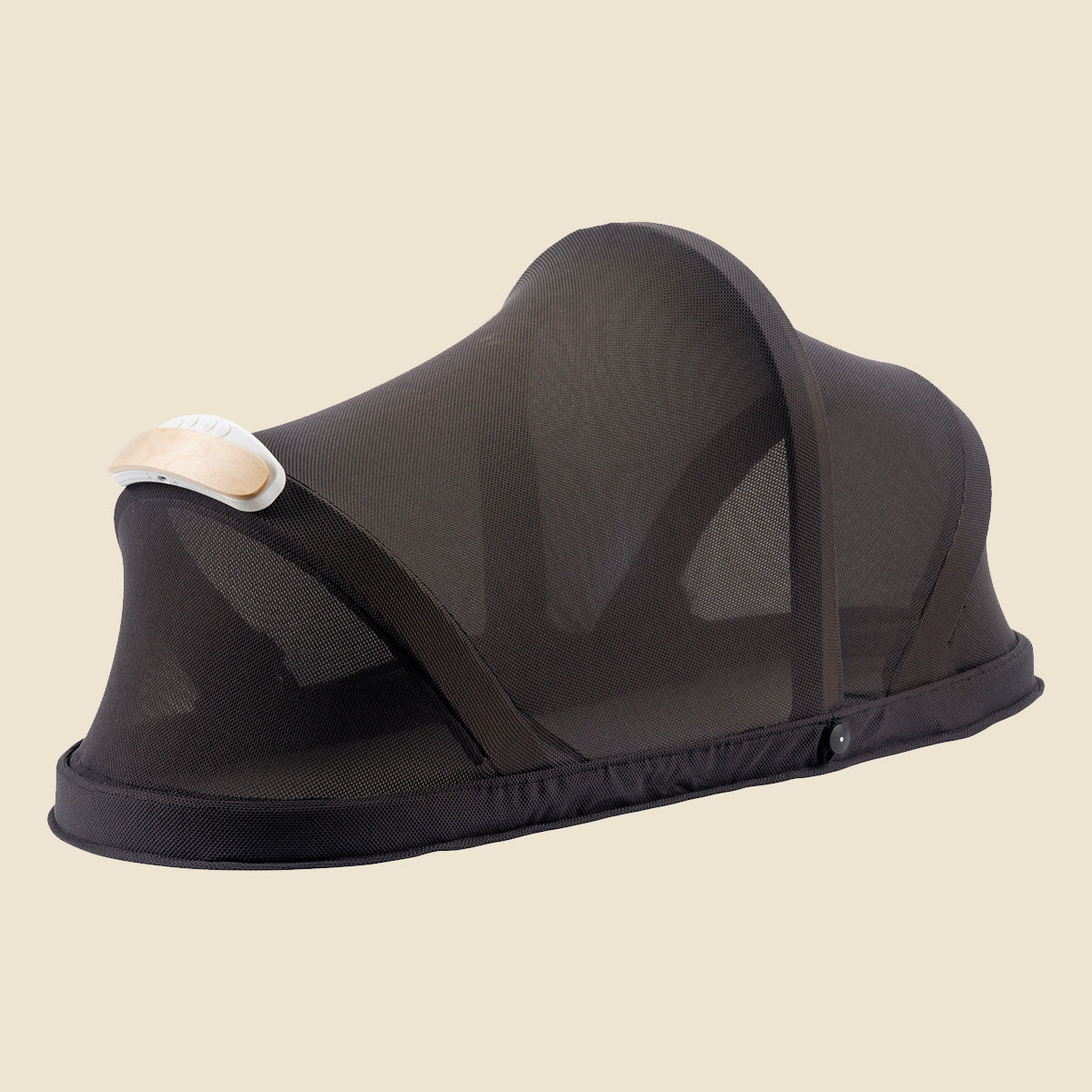Bron: Veiligheid op 1 bij productontwikkeling | VeiligheidNL
Een win/win situatie
Vaak krijgen wij de vraag om nieuwe producten te beoordelen op veiligheid. Dit juichen wij toe, maar het is nog beter om direct bij de start van de productontwikkeling betrokken te zijn. Over veiligheid moet zorgvuldig, liefst vooraf, nagedacht worden. Om zo alle overwegingen in het hele ontwikkeltraject mee te nemen. Een goed voorbeeld is NovioCare, producent van het nieuwe slaap product PIKO. Hoe hebben zij dit aangepakt en welke tips hebben ze voor andere producenten?
Mieke Cotterink, onze expert Veilig Slapen, sprak Francien Mels (eigenaar NovioCare) over dit nieuwe product.
Mieke: Kun je eerste vertellen wat de PIKO eigenlijk is?
Francien: De PIKO is een prikkelarm en veilig slaapplekje dat je overal kunt gebruiken. Het is een totaaloplossing voor ouders en hun baby. Het zorgt voor Rust, Ritme en Regelmaat. Om ze echt te helpen met goed slapen. De PIKO bestaat uit:
Een frame met luchtdoorlatende Cap

De cap zorgt voor weinig prikkels van buiten waardoor het kindje elke keer in een vertrouwde omgeving ligt. Je kunt de cap gebruiken in de wieg, het ledikant of de box en ook gemakkelijk meenemen, zodat je overal een vertrouwd slaapplekje voor je baby kunt creëren.
Een pod
De pod kun je met een magneet aan het kapje vastmaken, of later op het nachtkasje van je kind zetten. Er zit een lampje op waarmee je voor een dag-/nachtritme kunt zorgen en je kunt vertrouwd geluid naar keuze afspelen.
De app
De app heeft eigenlijk 4 functies. Je kunt er de pod mee instellen en bedienen. Je kunt er een logboek in bijhouden. De pod registreert het huilgedrag van je kind, daarbij kun je zelf invullen wanneer hij/zij slaapt waardoor je inzicht krijgt en ook voortgang ziet. Ook geven we veilig slapen adviezen in de app en natuurlijk staat de handleiding van de PIKO erin zodat je die altijd bij de hand hebt.
Mieke: Hoe ben je op het idee van de PIKO gekomen?
Francien: Vanuit een combinatie van factoren. Ik ben zelf moeder van 4 kinderen, ik weet wat slaapgebrek met je kind en jezelf doet. Daarnaast heb ik als productontwikkelaar ervaring in de med tech sector én ben ik slaapcoach. Ik geloof dat preventie belangrijker is dan problemen achteraf oplossen. Daarbij is er veel aandacht voor voeding en bewegen, maar slapen is wat mij betreft echt nog een ondergeschoven kindje. Terwijl als iedereen goed slaapt, eet een kind beter, kan het goed een tijdje wakker zijn en slaapt het daarna ook weer beter. Je belandt in een opwaartse spiraal. Terwijl als je kind slecht slaapt, eet het minder goed, heeft het honger als ‘ie moet slapen en beland je in een neerwaartse vicieuze cirkel. Bovendien maken ouders als zij zelf een slaaptekort hebben, uit wanhoop, vaak gevaarlijke keuzes zoals toch samen in een bed slapen.
Vanuit een intrinsieke motivatie om leven van mensen een stukje beter maken, ben ik dit avontuur aangegaan.
Mieke: Goed slapen was dus je uitgangspunt, maar waarom dan specifiek een ‘meeneem bedje’?
Francien: Ja dat ik iets met slapen wilde doen was duidelijk, maar ik had eigenlijk helemaal geen idee wat voor product. Ik ben eerst marktonderzoek gaan doen. Wat voor probleem leeft er eigenlijk bij baby’s e/o jonge ouders? Welke oplossingen gebruiken ze nu en waar lopen ze dan nog tegenaan?
Wat in alle gesprekken met ouders, professionals in de jeugdgezondheidszorg, kraamzorg, neonatologie naar voren kwam, is dat het motto rust-reinheid-regelmaat nog steeds het belangrijkste uitgangspunt is. Maar je ziet dat er frictie is tussen dit uitgangspunt en hoe wij tegenwoordig ons leven leiden. We nemen onze kinderen overal mee naartoe, leiden een druk leven. Wat als je een slaapplekje hebt dat de prikkels buiten sluit, en het kind het gevoel geeft dat het altijd een zelfde slaapplekje heeft, ongeacht waar het is? Wat zou dat brengen?
Mieke: Hoe ben je vanuit het marktonderzoek verder gegaan?
Francien: Ik had eigenlijk gelijk 3 ideeën in mijn hoofd waarmee ik naar Bregje Raap – van Sleuwen, expert op het gebied van veilig slapen en overmatig huilen, ben gegaan. Zij schoot eigenlijk gelijk 2 ideeën af in verband met de veiligheid. Wat wel prettig was want daarom hadden we vanaf het begin een hele duidelijke vorm voor ogen. En ik had hele scherpe kaders meegekregen van de betrokken experts. Zo wist ik dat luchtdoorlatendheid cruciaal is. Ook hebben we de NEN 1130 norm (de norm voor wiegjes) gevolgd.
Zo ontstond het tweede prototype. Toen heb ik contact gelegd met jullie en gevraagd of jullie wilden meekijken met het ontwerp. Jouw toelichting op de norm was bijvoorbeeld ontzettend verhelderend. Want normen zijn zo ontzettend complex, die moet je echt leren lezen. Jij kon uitleggen wat de basis van zo’n norm was, maar ook waarom bepaalde eisen bestaan. Want wij begrepen soms echt niet waarom een bepaalde eis, een eis was.
Mieke: Ja, die normen zijn inderdaad complex, al wordt tegenwoordig aan de uitleg van bepaalde eisen steeds meer aandacht besteed in speciale bijlagen bij de normen. Uitgangspunt is natuurlijk dat een product veilig moet zijn, dus geen risico’s voor de gebruiker met zich mee mag brengen. Dat is een heel breed begrip. Normen helpen daarbij, per type risico worden eisen gesteld om dit risico weg te nemen of te verminderen. Er zijn eerlijk gezegd genoeg productontwikkelaars die geen idee hebben met welke risico’s ze te maken krijgen als het gaat om babyproducten. Het is dus echt belangrijk dat ontwikkelaars en producenten de normen kennen én begrijpen.

"Door vooraf met veel experts te praten én de veiligheidsaspecten gelijk vanaf het begin mee te nemen heb ik veel tijd, moeite en geld bespaard."
Francien: Ja, zo begrepen wij niet waarom er geen V-vormige openingen in het product mochten zitten, maar door jouw uitleg snapten we dat dit een risico op beklemmingsgevaar veroorzaakt.
En daarnaast had je ook nog waardevolle suggesties om het product veiliger te maken. Zoals:
- Het lakentje aan de onderkant moest strakker
- De mechaniek van het scharnieren
- Binnenzijde glad afgewerkt (geen schroeven)
Op basis van jouw adviezen hebben we het tweede prototype aangepast en eigenlijk helemaal kloppend gemaakt. Als ik nu terugkijk, ben ik zo blij dat we jou zo vroeg in het stadium betrokken hebben. Door vooraf met veel experts te praten én de veiligheidsaspecten gelijk vanaf het begin mee te nemen heb ik veel tijd, moeite en geld bespaard. Want daarna zijn we eigenlijk tegen weinig grote dingen meer aangelopen.
Mieke: Een win voor jou, maar dus ook een win voor ons. Want eigenlijk worden wij vaak pas achteraf benaderd en dan kunnen we weinig meer betekenen. Professionals in de zorg, komen vaak met vragen over nieuwe producten bij ons, want wij geven onafhankelijk advies. Als een product niet aan de veiligheidsadviezen voldoet, zullen we het gebruik er van afraden. En dat komt dan natuurlijk als een boemerang terug. Door tijdens de productontwikkeling veiligheid op 1 te zetten, kunnen we dit voorkomen. En nog veel belangrijker, een veilige omgeving creëren voor baby’s.
Samen slapen
De meeste ouders weten dat het het veiligst is om hun baby in een eigen bedje te laten slapen. Maar toch gebeurt het regelmatig dat ouders oververmoeid raken door de gebroken nachten en uit pure wanhoop hun kindje bij zich in het grote bed laten slapen. In de eerste plaats wil je die oververmoeidheid proberen te voorkomen, waardoor ouders niet in deze situatie terecht komen. Maar als het dan toch een keer gebeurt, is de PIKO een geschikt product om in combinatie met het bijbehorende matrasje in het ouderlijk bed te gebruiken.





